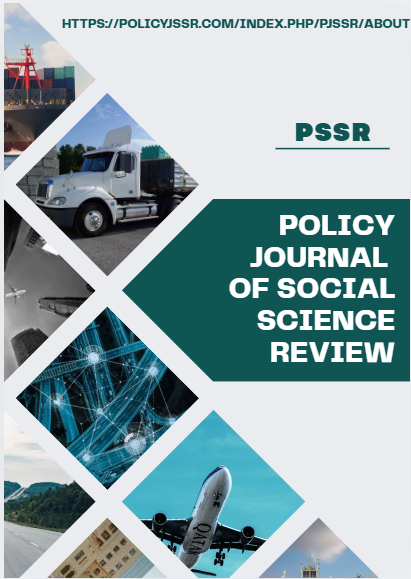Sociodemographic Characteristics and Choice of Sports Participation among Adolescent Schoolgirls
Abstract
This cross-sectional study investigates sociodemographic predictors of sports participation among adolescent schoolgirls (n=623, aged 13-15) in Sargodha, Pakistan. Using structured questionnaires, binary logistic regression was used to assess overall participation and multinomial logistic regression to examine preferences across 16 sports disciplines. Key findings indicate: (1) significant age-related increases in participation (OR=1.57, p<0.01), (2) pronounced urban advantage (OR=2.23, p<0.01), and (3) parental occupation as the strongest predictor, with girls from professional households showing 3.32-fold greater odds of participation (p<0.001). The predictive model demonstrated robust explanatory power (Nagelkerke R²=0.34) and classification accuracy (82.5%). While consistent with global patterns of socioeconomic influence on sports engagement, our results particularly highlight Pakistan's unique rural-urban participation divide and resource-related barriers. These findings highlights the necessity for context-specific interventions, including enhanced school sports infrastructure in rural areas and community-based programs to mitigate socioeconomic disparities in girls' sports opportunities. The study contributes empirical evidence to inform policy development aimed at promoting equitable sports access in developing nation contexts.
Keywords: adolescent health, physical activity disparities, socioeconomic determinants, youth sports, Pakistan, logistic regression analysis.





